Classroom engagement strategies are essential for today’s teachers who face the challenge of keeping students focused amid distractions like phones, fatigue, and shrinking attention spans.
Engagement is often called the heartbeat of effective teaching. When students are truly engaged, they are not just listening but questioning, connecting, and taking ownership of their learning.
Research shows that traditional lectures alone rarely sustain participation for long. To move beyond passive learning, teachers need approaches that spark curiosity, encourage interaction, and build a sense of belonging.
This is where classroom engagement strategies make the difference. Practical and research-backed, they help teachers create learning environments where students stay motivated, active, and invested in their progress.
TL;DR Classroom Engagement Strategies
If you are short on time, here is a quick snapshot of effective classroom engagement strategies and why they work:
| Strategy | Why It Works |
|---|---|
| ❓ Ask open-ended questions | Promotes critical thinking and deeper processing |
| 📝 Low-stakes activities | Reduces fear of failure and increases participation |
| 🎥 Mix up the media | Sustains attention and supports diverse learners |
| 🎤 Give students a say | Enhances autonomy and ownership |
| 🕺 Add movement and breaks | Restores focus and improves memory |
| 🎮 Play and competition | Encourages enthusiasm and active participation |
| 💡 Reflection and exit tickets | Supports metacognition and long-term learning |
Ask Open-Ended Questions
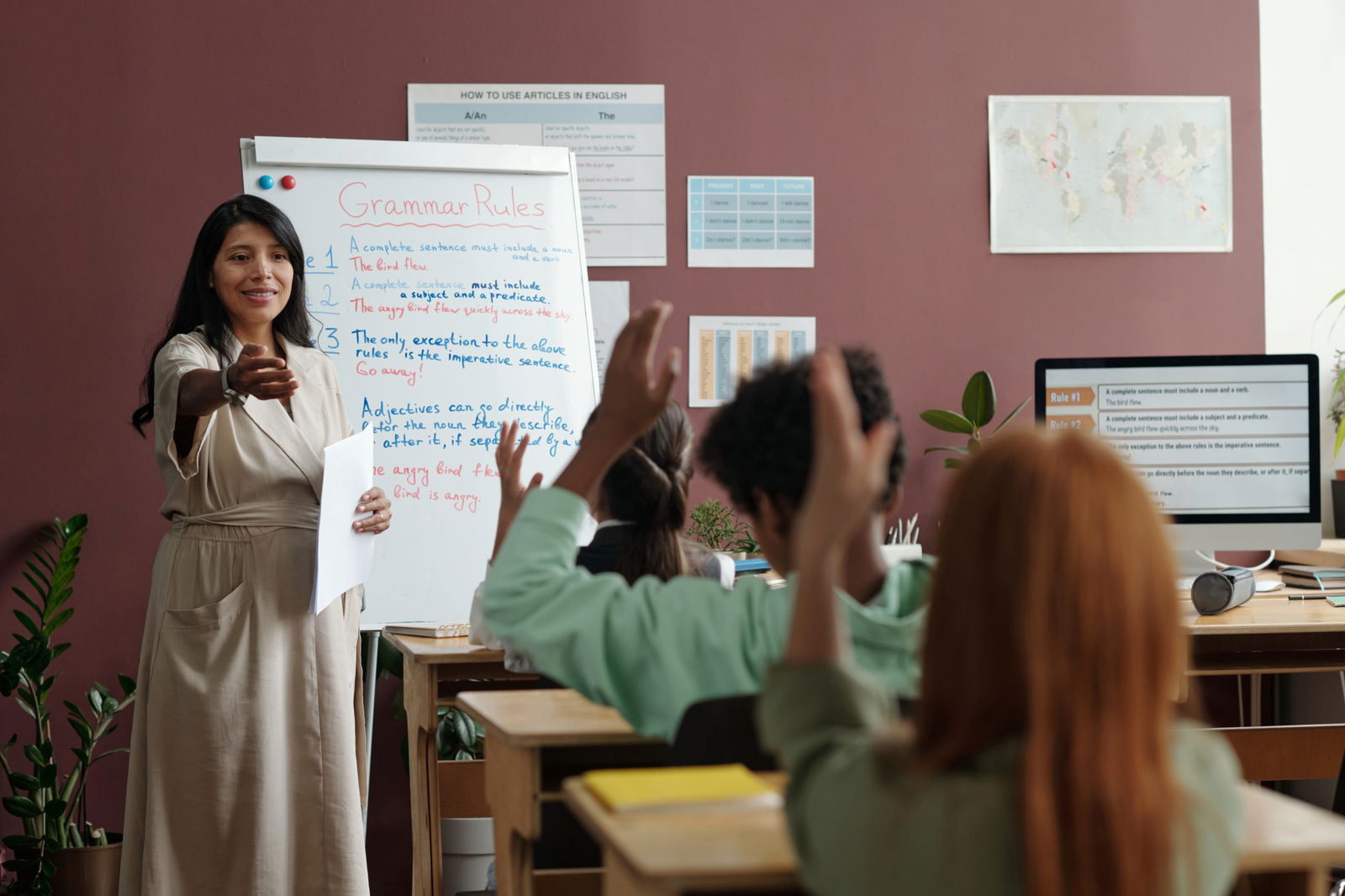
Asking open-ended questions is one of the simplest ways to shift students from passive listeners to active thinkers. Instead of “yes/no” checks, try prompts that encourage them to explain reasoning, draw comparisons, or generate original examples. This makes students feel that their ideas are valued and invites diverse perspectives into the discussion.
Research on learning engagement shows that open-ended questioning promotes deeper processing and critical thinking skills. It pushes students beyond simple recall into higher-order learning, which improves long-term retention
If you're unsure on how you ask questions to your students, read about Effective Questioning Techniques to Increase Student Participation.
Use Low-Stakes Activities
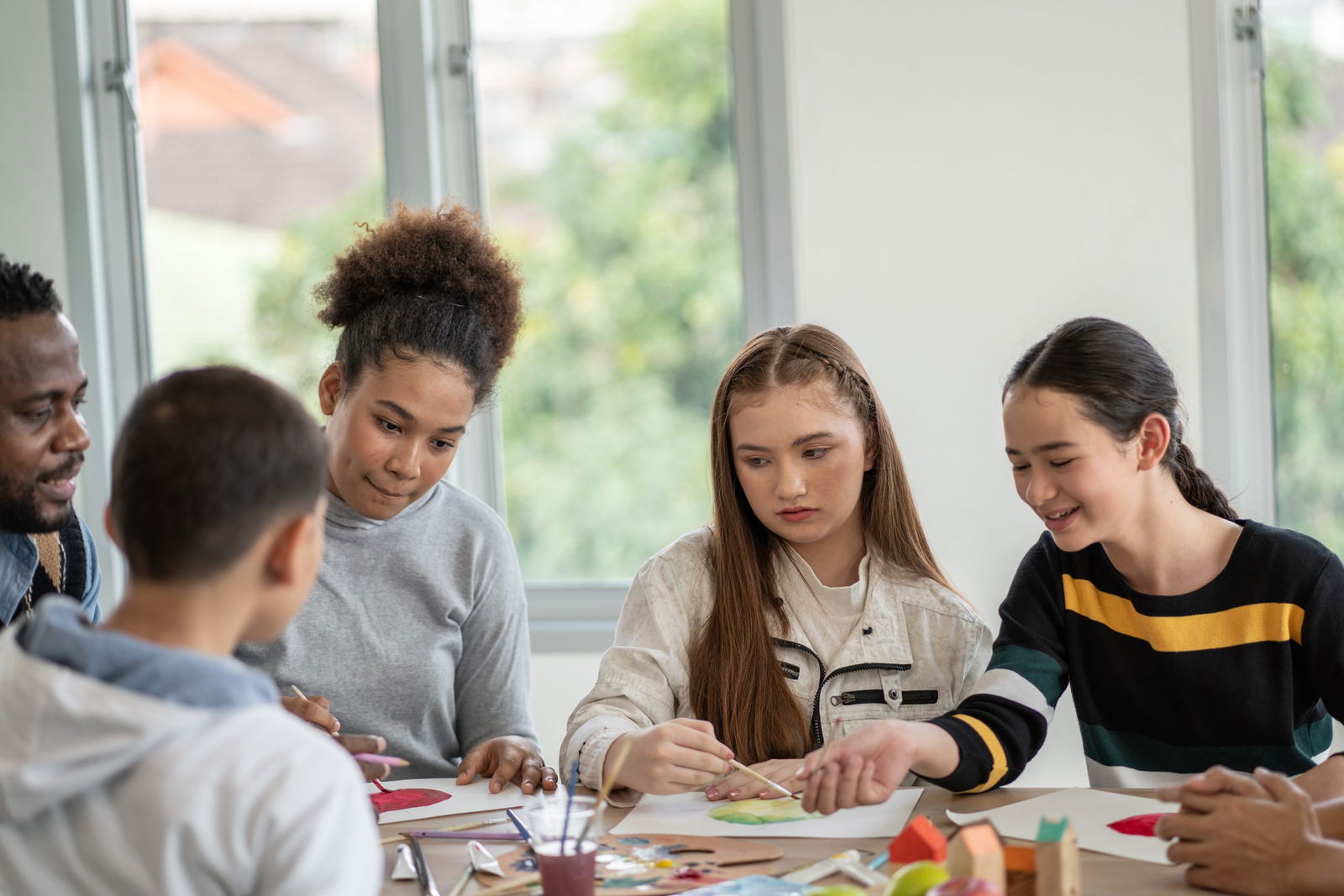
Participation often drops when students fear making mistakes. Low-stakes assignments, such as ungraded quizzes, quick polls, or credit-for-completion tasks, reduce anxiety and encourage experimentation. These activities help students test their understanding in a supportive environment.
Stanford University’s teaching guide on engagement emphasizes that confidence grows when activities focus on practice rather than performance. Low-stakes tasks create space for students to take risks and learn through trial and error.
To further help you incorporate low-stakes activities, check out High-Impact Student Engagement Activities That Work for All Learners.
Mix Up the Media
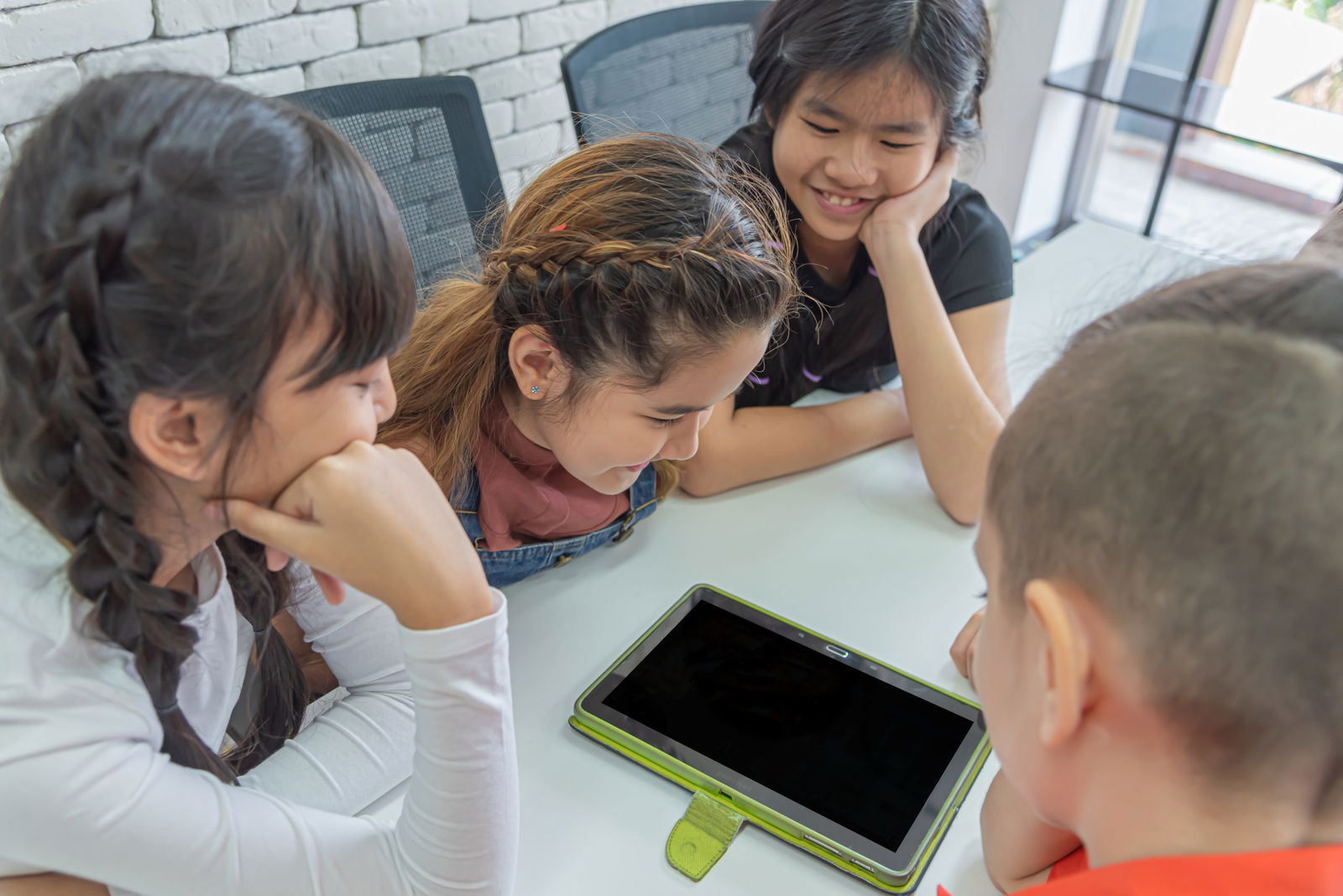
Students are more likely to lose focus when learning feels repetitive. Mixing in videos, interactive slides, short discussions, and quick checks for understanding keeps lessons dynamic. Changing the mode of delivery also supports students with different learning styles.
Research suggests that varying instructional strategies helps maintain attention and improves comprehension. Even simple shifts, like moving from lecture to pair-share, can reset attention and encourage active participation.
Give Students a Say
Allowing students to make choices about their learning increases ownership and motivation. These choices can be small, such as selecting project formats, discussion prompts, or methods of demonstrating understanding. When students feel that their voice matters, participation rises.
Giving students choices helps satisfy this need, making them more engaged in their work.
Encourage students to make choices by letting them answer anonymized polls, To learn more about it, watch How to Run a Live Quick Poll Question in PowerPoint.
Add Movement and Brain Breaks
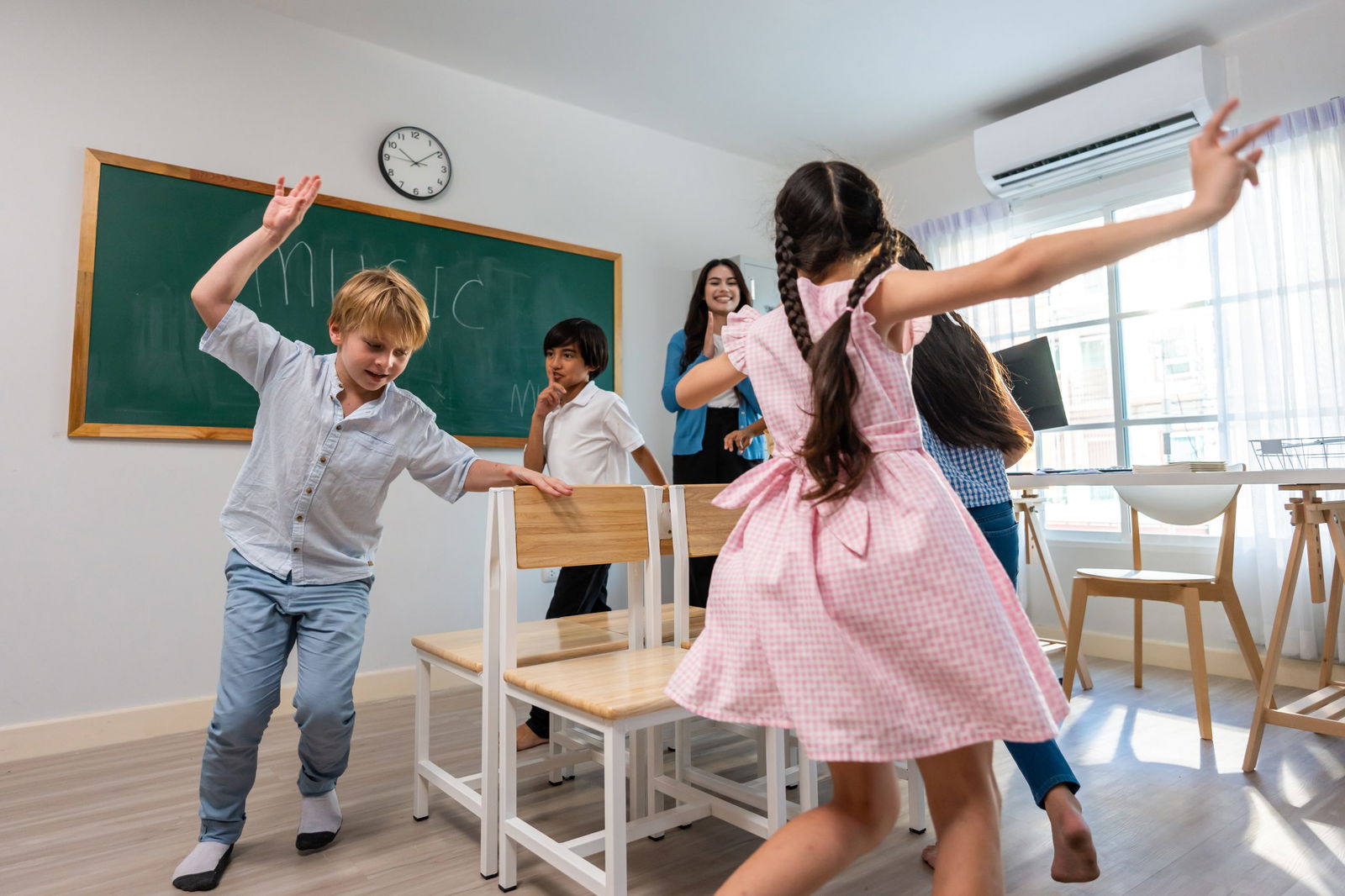
Attention naturally wanes over time, which is why short bursts of physical activity can refresh focus. Activities such as stand-and-discuss, quick stretches, or rotating between stations help re-energize students while breaking the monotony of long lessons.
Studies show that incorporating movement into classrooms supports both behavioral engagement and memory retention. Even a few minutes of physical activity can restore concentration and improve learning outcomes.
Running out of brain break ideas? Check out 80 Brain Break Activities for Kids from K to 12.
Incorporate Play and Competition

Playful competition adds energy and purpose to lessons. You can introduce brief trivia rounds, challenge-based quizzes, or quick gamified tasks that tie directly to content. Because these activities feel less formal, they often lower students’ inhibition to participate and help them engage more freely.
A recent systematic review found that gamification interventions in primary and secondary education positively influence student engagement, motivation, and participation, although researchers note the need for more consistent methods and holistic measurement.
Another study in higher education STEM courses showed that leaderboard-based gamification improved both engagement and learning performance, which suggests that competitive elements can be highly effective when designed thoughtfully.
Gamifying your classroom doesn't need to be time-consuming. Read about Easy Gamification Examples in the Classroom for Busy Teachers.
Use Reflection and Exit Tickets

Reflection and exit tickets give students the opportunity to pause and process what they have learned. At the close of class, you might prompt them with questions such as “What surprised you today?”, “What one question remains?”, or “What will you try tomorrow?” These activities ask learners to slow down and think about their own strategies and understanding.
How ClassPoint Can Help
While these classroom engagement strategies can be applied in any setting, technology can make them easier to put into practice consistently.
ClassPoint integrates directly into PowerPoint, which means teachers do not have to juggle multiple apps or interrupt their flow during lessons. Everything happens within the slides they are already using.
With ClassPoint, teachers can:
- Use polls and short answer activities to spark open-ended or reflective thinking in real time. This helps bring quieter students into the discussion and ensures everyone has a chance to contribute.
- Run interactive quizzes and word clouds to check understanding and add variety. These features keep students on their toes and encourage friendly competition without the pressure of formal testing.
- Award stars, levels, badges, and leaderboards to gamify participation. This celebrates effort as much as achievement and motivates students to stay involved throughout the lesson.
- Collect multimedia submissions such as images, videos, audio, or slide drawings. Students can show their thinking in different ways, which supports diverse learning styles and encourages creativity.
- Gather honest feedback through anonymized polls. These quick check-ins make it easier for students to share what they really think and give teachers instant insight into how the class is feeling.
By combining proven classroom engagement strategies with ClassPoint’s interactive features, teachers can create lessons that are structured, dynamic, and engaging without adding extra preparation time.
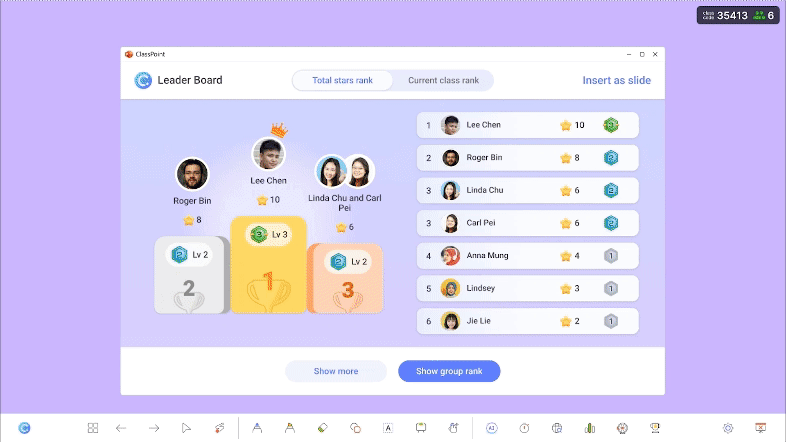
FAQs
How can teachers measure if engagement strategies are working?
Teachers can track engagement through observable participation, student feedback, and formative assessments. Short reflections, quick polls, or even body language cues provide insight into whether strategies are increasing attention and understanding.
How can classroom engagement strategies be adapted for online learning?
Engagement strategies still apply in virtual classrooms, but they need digital adjustments. For example, breakout rooms can replace small group discussions, polls can act as exit tickets, and collaborative documents can take the place of peer review.
Are classroom engagement strategies different for younger and older students?
Yes. Younger students often benefit from play, movement, and visual activities, while older students respond more to autonomy, peer learning, and real-world connections. The principles are the same, but the methods should be tailored to the age group.
Do classroom engagement strategies improve test scores?
While strategies are not a “shortcut” to higher scores, research shows that engaged students tend to retain information better and apply concepts more effectively, which can lead to improved performance over time.
What is the role of teacher personality in classroom engagement?
Teacher enthusiasm, clarity, and approachability play a major role in how students respond to strategies. Even well-designed activities can fall flat without positive teacher-student relationships and clear communication.
Can classroom engagement strategies help with classroom management?
Yes. Engaged students are less likely to become disruptive because they are focused on meaningful activities. Many strategies—like peer collaboration, movement, and gamified challenges—channel student energy into learning rather than off-task behavior.
